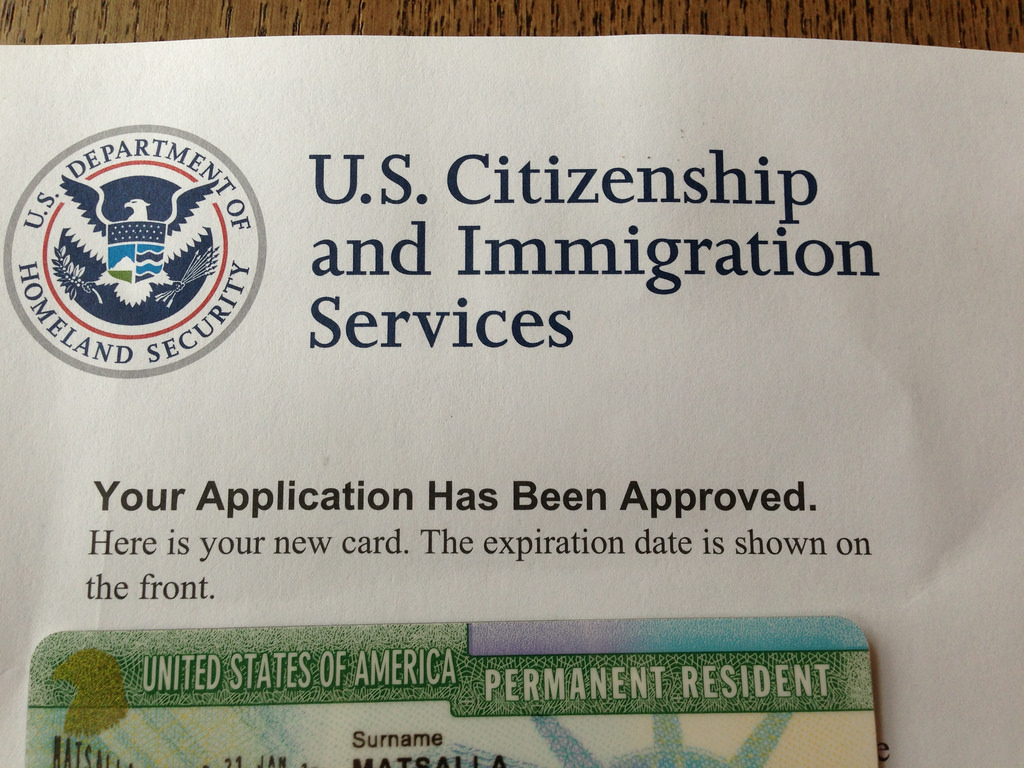In a recent blog post, we told you all about the I-751 Removal of Conditions Application. In this segment we will briefly cover the basics of the I-751 Removal of Conditions Application and what you can expect one you have filed the application with USCIS.
Overview:
The I-751 Removal of Conditions Application is filed by conditional permanent residents who gained their ‘conditional’ permanent resident status, based on their marriage to a United States Citizen or Legal Permanent Resident. An easy way to know whether you have been given a conditional green card is by checking the abbreviations that appear on your green card under immigrant ‘category.’ If your green card contains the abbreviation ‘CR’ under the immigrant category, then you are a conditional permanent resident. Additionally, if your green card was granted for only a 2 year period, then you have received a conditional green card.
Who must file the Removal of Conditions Application?
It is important to understand who must file the Removal of Conditions Application. If you are still married to the same person through which you gained your ‘conditional’ permanent residence (2- year green card), and you wish to obtain a 10-year permanent green card, you must file an I-751 application for removal of conditions jointly with your spouse. If you have divorced your spouse, you may still apply for removal of conditions on your own, however you must provide substantial proof of bona fide marriage. Applications that are filed by the ‘conditional’ permanent resident alone, are called I-751 waiver applications. Regardless of whether you will be filing the I-751 application with your spouse, or filing the I-751 waiver application alone, applicants must be prepared to demonstrate that they entered their marriage in ‘good faith’ and not for the purposes of evading the immigration laws of the United States. In other words, the additional process to remove the conditions on your permanent residence, is a fraud prevention mechanism to safeguard against sham marriages.
The removal of conditions application must be filed only by those individuals who were given a two-year conditional green card by USCIS. USCIS issues 2-year conditional green cards to foreign spouses (and LPRs) who have been married to a U.S. Citizen for less than to two years, on the date that the green card application is approved. Foreign spouses who have been married to their U.S. Citizen spouse for more than two years, on the date the green card application is approved, receive permanent 10-year green cards, and do not need to apply for removal of conditions.
 Visa Lawyer Blog
Visa Lawyer Blog



